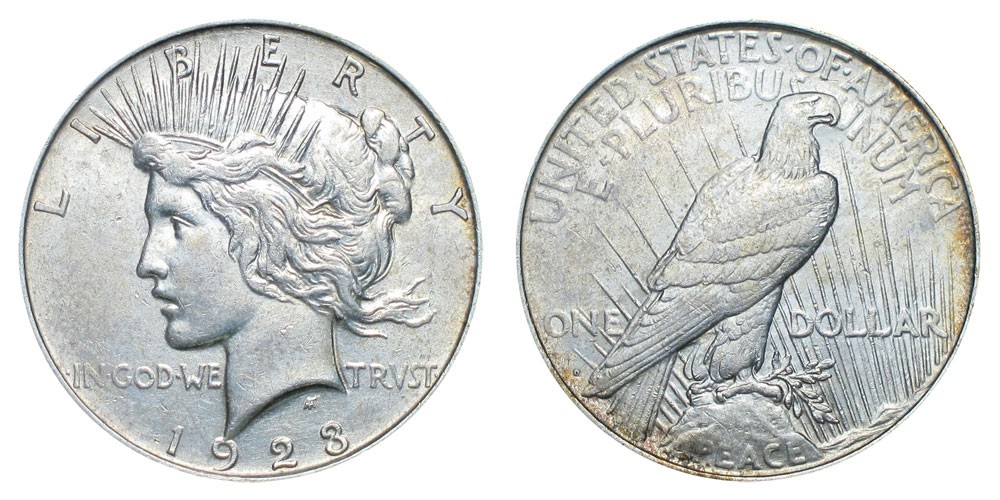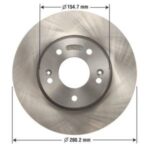While most modern United States $1 coins hold a face value of one dollar, certain historical and collectible dollar coins can be worth considerably more. This guide explores the factors influencing the value of dollar coins, from silver content to minting errors and scarcity.
Understanding the Value of U.S. Dollar Coins
Over the past several decades, dollar coins have struggled to gain widespread popularity in the United States. They are not commonly used in everyday transactions or sought after as collectibles, which contributes to their relative rarity in circulation. However, this rarity also makes specific types of dollar coins more valuable.
Types of U.S. Dollar Coins and Their Values
The design, size, and composition of the U.S. one-dollar coin have evolved over time. Here’s a breakdown of different types of dollar coins and their approximate values:
Silver Dollars (1935 and Older)
Silver dollars, particularly Morgan and Peace dollars, are among the most valuable U.S. dollar coins due to their silver content.
Value:
- Melt Value: Each silver dollar contains roughly $20 worth of silver.
- Circulated Condition (Common Dates): Approximately $40.
- Rarer Dates and Better Condition: Significantly higher.
These coins have not been produced for many years, making them sought after by collectors.
Eisenhower Dollar (1971–1978)
The Eisenhower dollar, or “Ike dollar,” was the first one-dollar coin issued in the U.S. in over three decades.
Value:
- Most Eisenhower Dollars: $2 to $5.
- 40% Silver Collector Coins (San Francisco Mint): More valuable.
Susan B. Anthony Dollar (1979–1981, 1999)
The Susan B. Anthony (SBA) dollar is notorious for its short mintage run and similarity in size to a quarter.
Value:
- Most SBA Dollars (Even in Perfect Condition): Around $2 to $3.
Its resemblance to the quarter caused public confusion and contributed to its unpopularity.
Sacagawea Dollar (2000–2008)
These golden-colored dollar coins were introduced at the turn of the millennium.
Value:
- Most Mint-State Sacagawea Dollars: $4 to $6.
- Special 22-Karat Gold Sacagaweas (West Point Mint, 2000): Extremely rare and valuable, housed in museums.

